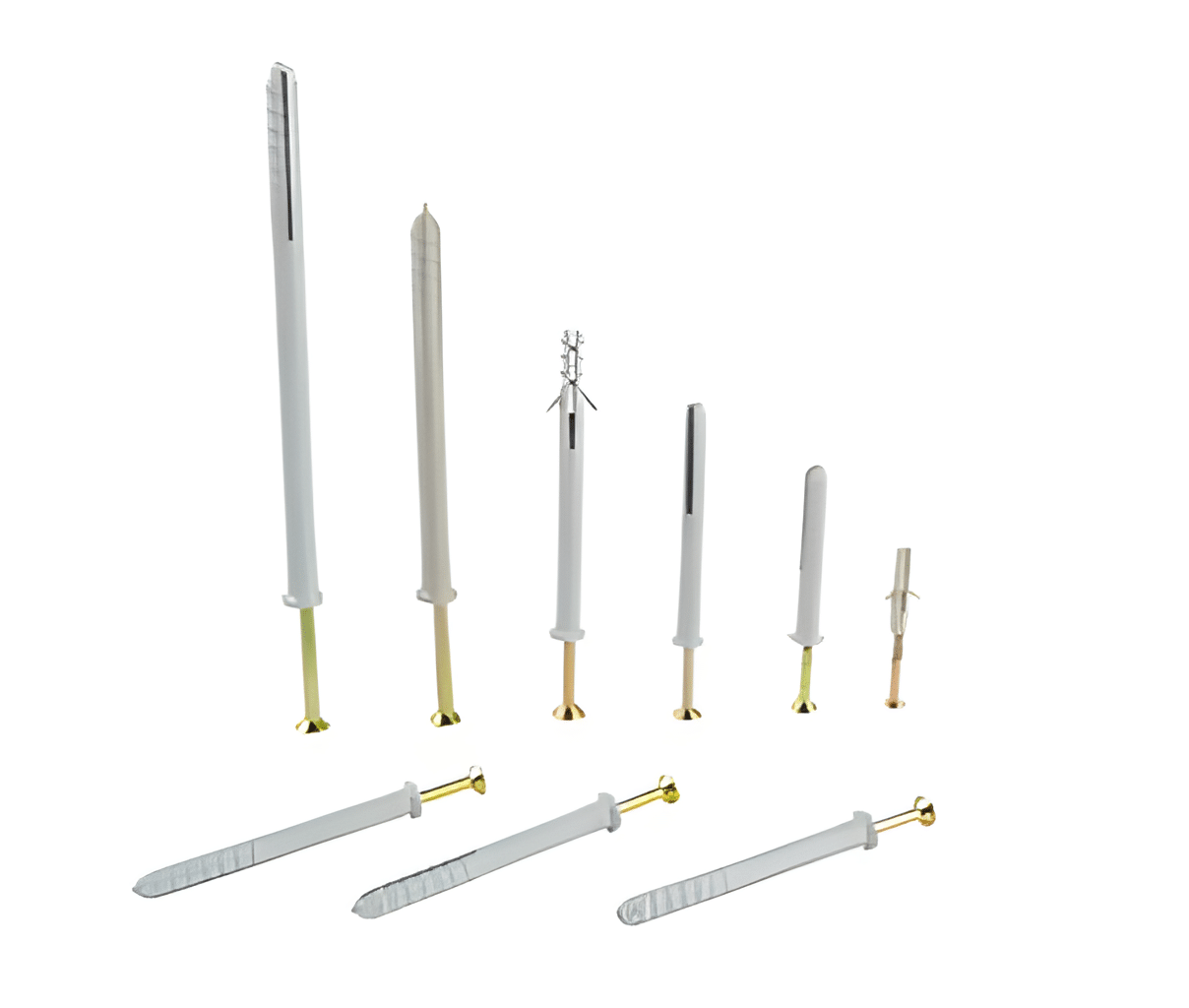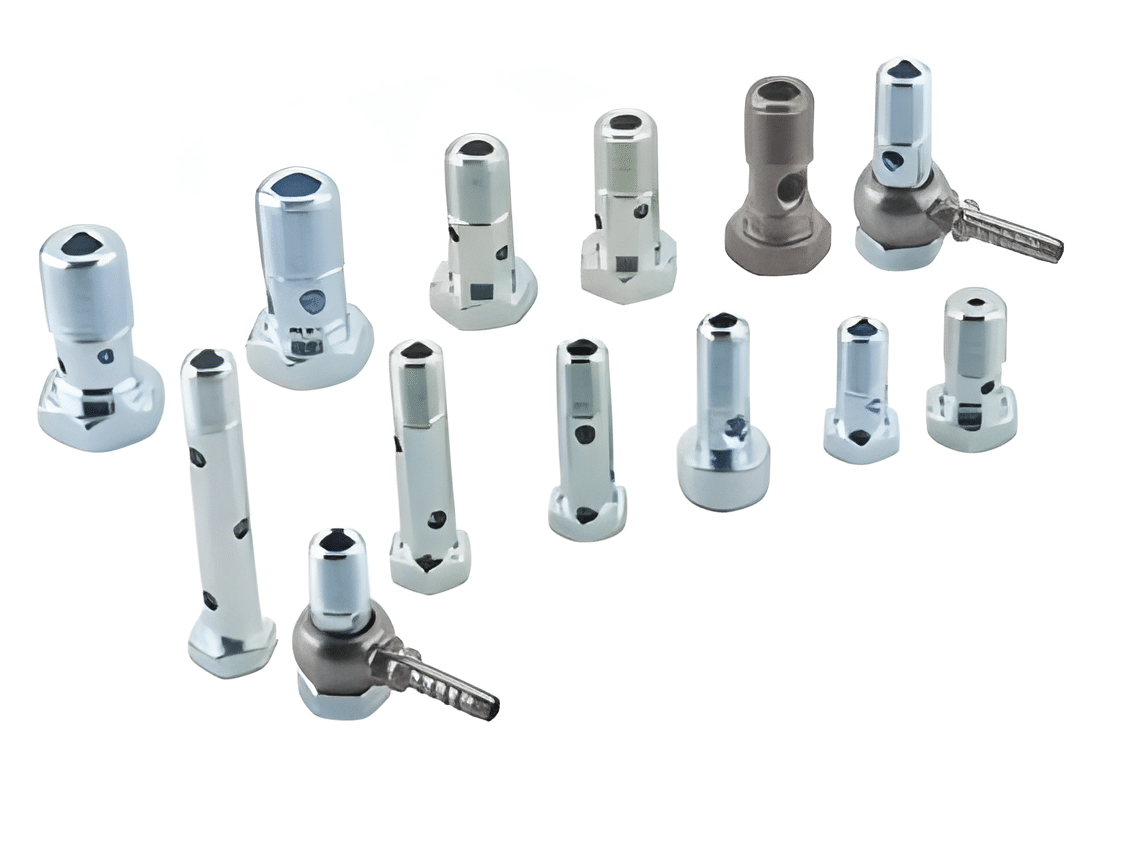- Why are woodworking clamps so important?
The main purpose of woodworking clamps is to provide additional hand support to ensure that the workpiece doesn’t move during machining, thus improving accuracy and safety. Whether it’s for furniture making, DIY projects, or professional woodworking jobs, the right clamps can improve efficiency and minimize errors. - Common types of woodworking clamps and applicable scenarios
Different types of woodworking clamps are suitable for different tasks, so you need to choose the right one according to your specific needs when shopping.
(1) F-clamps (F-Clamps)
✅ Characteristics: Shape similar to the letter “F”, adjustable opening size, strong clamping force.
✅ Scenario: Suitable for work requiring a wide range of clamping, such as gluing wood panels, frame splicing, etc.
(2) C-Clamps (C-Clamps)
✅ Features: compact structure, strong clamping force, suitable for small workpiece fixing.
✅ Scenario: suitable for fastening small wood and metal parts, suitable for carving, repairing and other fine work.
(3) Spring Clamps
✅ Features: easy to operate, spring clamps automatically, suitable for light fixing.
✅ Scenario: suitable for temporary fixing of small wooden boards or lightweight materials, suitable for quick clamping.
(4) Pipe Clamps (Pipe Clamps)
✅ Characteristics: Using metal pipes as support rods, the clamping range can be adjusted at will.
✅ Application Scenario: suitable for large-size workpiece splicing, such as desktop and cabinet making.
(5) Quick-Grip Clamps (Quick-Grip Clamps)
✅ Characteristics: One-handed operation, quick clamping, suitable for jobs requiring frequent adjustments.
✅ Scenario: for projects that require quick adjustments, such as temporary fixing and quick positioning.
(6) Angle Clamps (Corner Clamps)
✅ Features: specially designed for right angle fixing to ensure precise seams.
✅ Scenario: suitable for 90° angle splicing, such as frames, drawers, cabinets assembling.
- Key factors in choosing woodworking clamps
When choosing the right woodworking clamps, you can consider the following aspects:
✔ Clamping Force (Clamping Force): enough clamping force is needed to hold the workpiece, but not too much to avoid damaging the material.
✔ Opening range (Jaw Opening): to determine whether the woodworking clamp can clamp your workpiece. For larger materials, choose a fixture with a wider opening.
✔ Durability: Choose high-quality metal or sturdy plastic materials to ensure durability and long-term stability.
✔ Ease of Use: If used frequently, it is recommended to choose fixtures that are easy to adjust, such as quick release clamps.
- Conclusion: choose the most suitable woodworking clamps according to needs
The choice of woodworking clamps depends on the specific woodworking project. If you are a beginner, it is recommended to start with F-clamps, C-clamps and Quick Release Clamps; if you are a professional woodworker, you can equip yourself with a variety of different types of clamps according to the needs of the project in order to improve work efficiency.
Want to know more about woodworking clamps tips or recommended products? Feel free to contact us for more professional advice!


